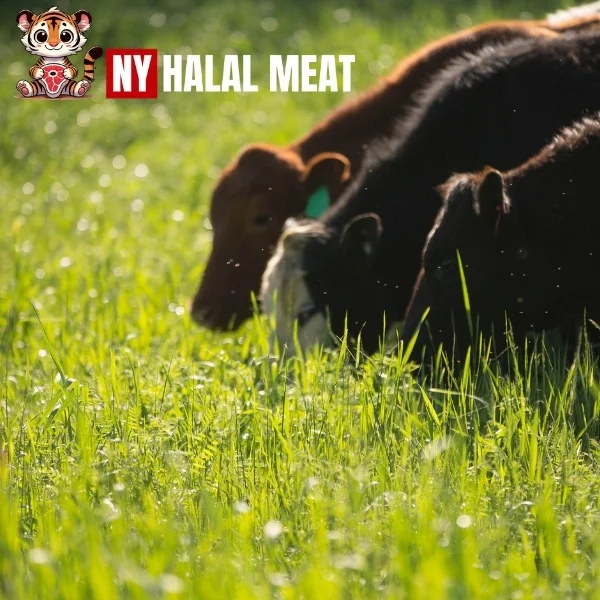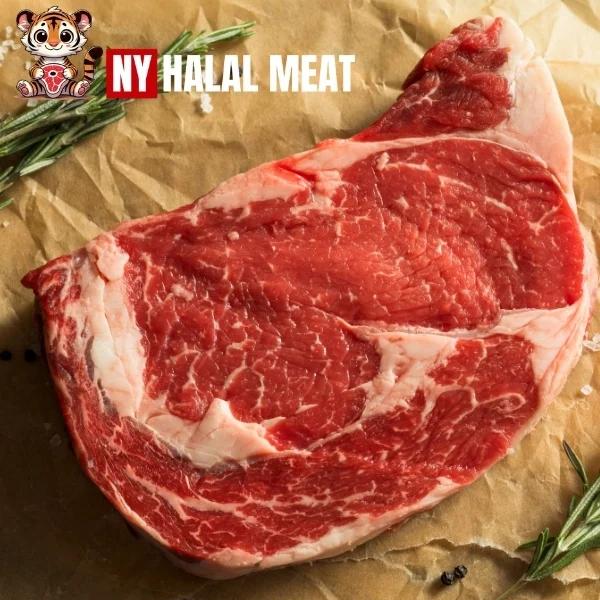Grass-Fed vs Grain-Fed
: What Are The Key Differences?

This article delves into the differences between grass-fed and grain-fed beef, a subject at the heart of a mindful global movement focused on sustainable and healthy eating practices. We aim to clarify the distinctions between these two types of beef, touching on taste, nutrition, and environmental impact to help you make an informed decision.
1.What is Grass-Fed Beef?
Definition
Cattle classified as grass-fed primarily depend on natural grass for their entire lives, providing a distinct nutritional profile and flavor.
Farming Practices
Grass-fed cattle are typically raised on natural pastures with minimal human intervention, consuming natural grasses that contribute to a leaner meat profile.
2.What is Grain-Fed Beef?
Definition
Grain-fed cattle are fed a diet including grains such as corn and soy, especially during the latter part of their lives in feedlots, which enhances marbling and adds a unique flavor profile.
Farming Practices
To promote faster growth and greater marbling, grain-fed cattle are provided high-calorie grain diets, often resulting in a more tender and buttery flavor.
3.Grass-Fed vs Grain-Fed Beef: Taste Differences
Grass-Fed Flavor Profile
Grass-fed beef often has an “earthy” or “gamey” flavor with a leaner texture, preferred by those who enjoy a robust, natural taste.
Grain-Fed Flavor Profile
Grain-fed beef has a richer, buttery flavor due to higher fat content, which provides a smoother, sweeter taste with a more tender texture.
Cooking Tips
Grass-fed beef tends to cook faster due to its lower fat content, so lower heat and careful timing are recommended to maintain tenderness.
4.Nutritional Comparison: Grass-Fed vs. Grain-Fed Beef
Healthy Fats
Grass-fed beef contains higher levels of omega-3 fatty acids, beneficial for heart health and reducing inflammation.
Antioxidants & Vitamins
Grass-fed beef generally has more vitamins A and E, along with other antioxidants that contribute to its nutritional value.
Caloric and Fat Content
Due to its marbling, grain-fed beef has a higher calorie and fat content, appealing to those who prefer a more indulgent taste.
5.Environmental Impact of Grass-Fed and Grain-Fed Beef
Grass-Fed Beef’s Environmental Footprint
Grass-fed beef often requires more land due to grazing needs, but regenerative grazing techniques can help improve soil health and biodiversity.
Grain-Fed Beef’s Environmental Footprint
While grain-fed beef requires less land, it typically demands more resources like water and grain, leading to a higher carbon footprint per pound.
6.Is Grass-Fed Beef More Sustainable?
Carbon Emissions
Grain-fed cattle raised in feedlots generally produce more methane, contributing to higher greenhouse gas emissions.
Regenerative Grazing
Some grass-fed farms use regenerative grazing techniques, which can lower carbon emissions and improve soil health.
Local Sourcing
Whether grass-fed or grain-fed, sourcing beef locally can help reduce transportation emissions, benefiting the environment.
Conclusion
Grass-fed and grain-fed beef each offer distinct benefits in terms of taste, nutrition, and environmental impact. Grass-fed beef is leaner and higher in omega-3s, while grain-fed beef provides a richer flavor and higher fat content. Ultimately, your choice may depend on personal preferences, health goals, and values related to sustainability.



